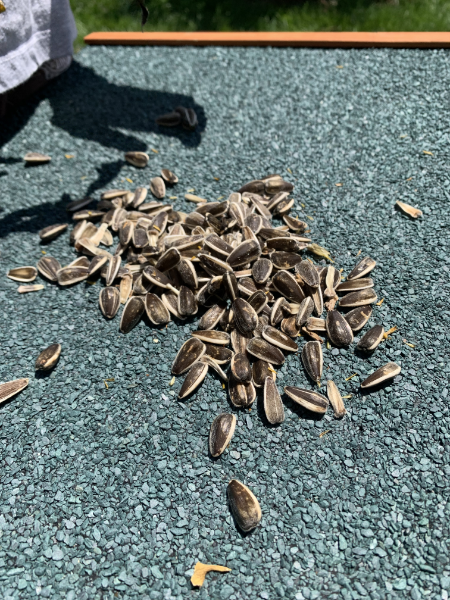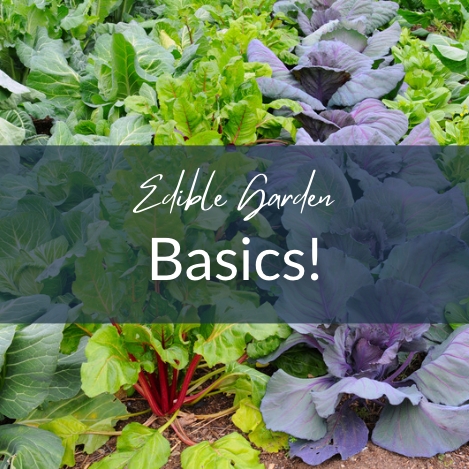What do you need to start growing food?
To start growing your own food, you need seeds, soil, and water. As the plant develops you will need to feed your plants.
Growing food is part of living a permaculture lifestyle. For more on that visit
What is a permaculture lifestyle?
Start Where You Are, use what you have, and do what you can.
https://www.facebook.com/LocalFoodsMovement/photos/a.121899507989594/2290087464504110/
Seeds

GMO
What is a GMO seed – https://www.seedsnow.com/pages/everything-you-need-to-know-about-genetically-modified-gmo-foods
GMO stands for Genetically Modified Organism. The use of these seeds is a threat to biodiversity. They have had the genetics engineering by human intervention and the resulting seed remains the property of the corporation that created them. You cannot harvest the seeds. To purchase them you must sign a contract not to.
https://www.agfoundation.org/common-questions/view/can-farmers-save-and-replant-gmo-seeds
F1
https://www.rhs.org.uk/vegetables/f1-hybrids
F1 seeds are seeds that are bred with 2 different types of a particular plant. F1 means “1st children”. These are bred to combine particular characteristics of cultivars and can be of use in a permaculture garden. However, if you save the seed from these F1 varieties it will not be “true to type” of the parent plant.
Organic Heritage / Heirloom
In a permaculture garden organic heritage varieties are the best way to go. You can purchase seed once, or swap someone locally for a plant that grows well in your area. If you harvest seeds from your original batch these will adjust to your own microclimate. It is advised to also introduce other seed stock to encourage biodiversity in your garden.
Soil / Compost
You can place your seeds directly in the soil. This will have unknown nutrients depending on where you are located. To be sure that the plant has the right nutrients and the best chance of growing we apply compost.
Potting Mix
Initially, the seeds will be planted in a potting mix. this is a sort of compost mix that has minimal feed and address and provides the basic structure for the seed to germinate
Multi-purpose Compost
Multi-purpose compost is a general compost mix if you can get an organic multi-purpose compost that is the best thing we recommend to get started for a beginner
Specialist Mix Compost
You can get a specialist mix of compost if you require you may decide to get asbestos Mix after you get a sore test and to remedy the nutrient deficiency in your garden. For beginner’s purposes though, stick with the multi-purpose until you get to learn more.
Vermicompost
If you can get Compost with very compost in it which is worm poop this will really Accelerate and there’s an easy one straight away
DIY Compost
DIY compost is a great way to recycle nutrients from your property. We will address this in future episodes and teach you how to grow your own compost. This closes the loop on your vegetable scraps, your plant scraps, and any organic waste such as the cardboard from your property.
Water
Water Harvesting
Collect rainwater where possible to water your garden. The best place to store water is in the ground, but if this is not possible rainwater tanks are a great way of storing water in periods of drought.
Rainwater is better than tap water as tap water has different chemicals, which are not good for your soil life. If you have to use tap water, fill a barrel and leave it open to the air to gas off any chlorine before applying it to your garden.
Feed
What is Weed Tea?
Your seedlings will not need any feed in the early stages as the seed provides all the nutrients for the first few weeks of growth.
Compost teas
Compost teas are a great way that you can make your own plant feed or more specifically “soil feed” so we feed the soil and the soil can feed the plants.
Vermicompost
Vermicompost is another great method of feeding your soil. Vermicompost comes from worm poop, so you feed your vegetable scraps to worms, which then feed on the bacteria which breaks down the vegetable scraps
Add layers of compost
Add compost to your beds once or twice a year to provide feed for the bacteria and life in the soil which in turn feeds the plant
Mulch
It’s very important to mulch your garden as Justin Rhodes says “mother nature is modest and she likes to be covered”. The mulch will in turn break down and provide more food for the soil life
Conclusion
It’s very important to change your thinking from feeding plants to feeding soil. We feed the soil, provide the right conditions for the plants, and the plants will thrive. Wildlife will return to the garden and give you so much abundance in health, well-being, and happiness.





